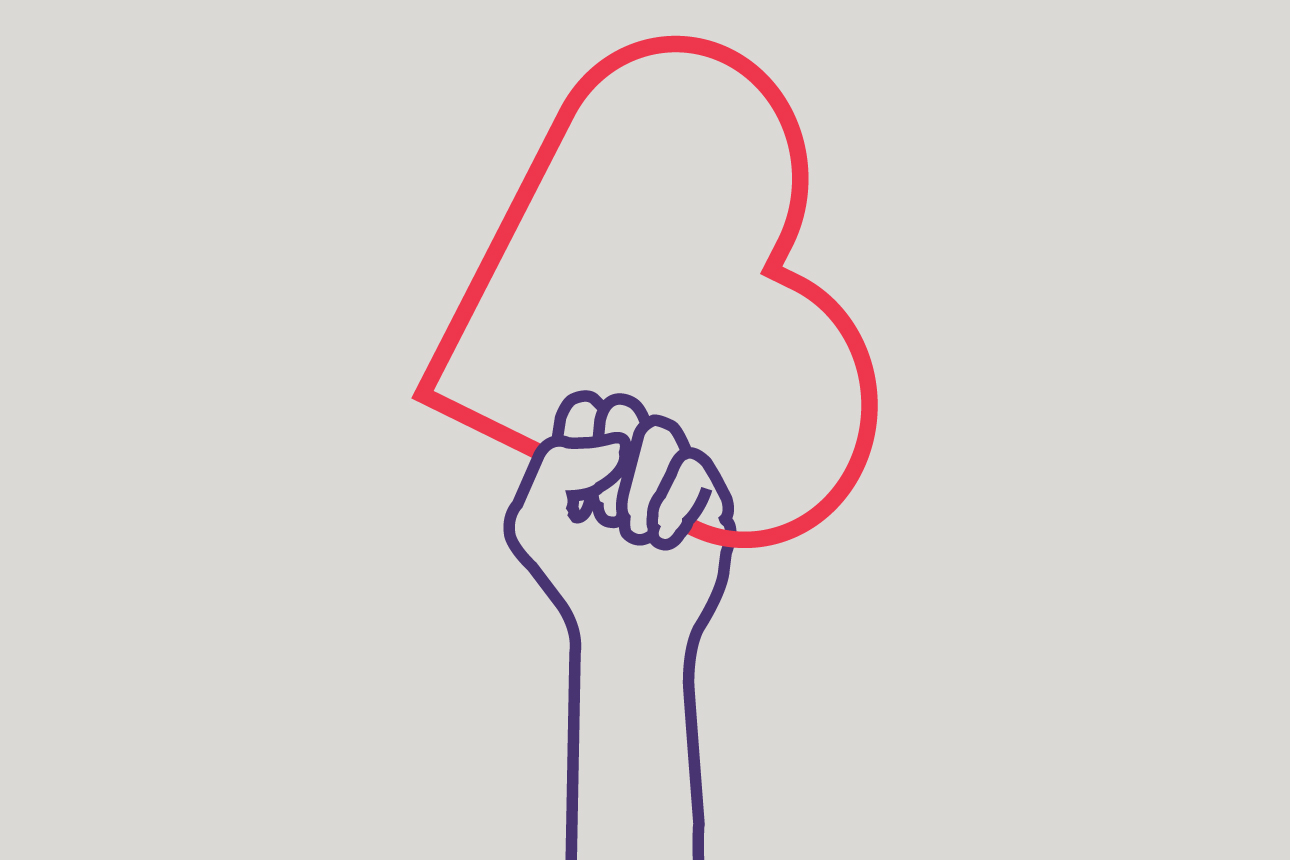Craft Your Brand Strategy to Ensure Racial Justice
Consumers and employees are increasingly aware of brands’ positions on equality and fairness. Brand managers should consider these four steps in developing a strategy that embraces racial justice.
Topics

In fall 2016, Colin Kaepernick “took a knee.” Quarterback of the San Francisco 49ers, Kaepernick protested racial injustice by kneeling during the pregame national anthem. He instantly became a lightning rod for controversy; then-President Barack Obama voiced support, then-candidate and future President Donald Trump criticized, and the country was engulfed in a highly politicized and polarizing conversation.
It was a conversation that most brands (with the notable exceptions of Nike and Ben & Jerry’s) were uncomfortable having. They had been schooled in the practice of avoiding issues with even a whiff of politics, relying on guidance from the American Association of Advertising Agencies (4A’s), whose chief marketing officer, Alison Fahey, asserted in 2017 that “consumers are not looking to brands to take a position on political or social issues. In fact, there’s typically more risk than benefit.” That was about to change.
Get Updates on Transformative Leadership
Evidence-based resources that can help you lead your team more effectively, delivered to your inbox monthly.
Please enter a valid email address
Thank you for signing up
In the summer of 2020, at a Chase Bank branch in New York, Jamie Dimon, CEO of global banking behemoth JPMorgan Chase, also took a knee in support of racial equity. Companies, even those of the size and stature of a big bank, were doing an about-face in standing up (or kneeling) for racial equity. The moment, however, was not without irony: The financial services sector has a history of systemic racism dating back to its role in financing slave ships and continuing with the 1930s practice of promoting segregation by geographic “redlining.” While some dismissed Dimon’s kneeling as a performative stunt, JPMorgan Chase backed up the gesture with a substantial $30 billion commitment to advance the cause of racial equity.
Brands in the Spotlight
The killing of George Floyd and Breonna Taylor by police officers set off a groundswell that leaped across oceans to inspire protests for racial justice worldwide under the masthead of Black Lives Matter (BLM). A movement of this magnitude quickly crossed over into the marketplace: A survey conducted in early June of 2020 — two months after Taylor’s death and less than two weeks after Floyd’s — showed that 60% of the U.S. population expected brands to take a stand on racial justice, a majority that grew to 78% among respondents ages 18 to 34. As demographic change ripples through the U.S.
